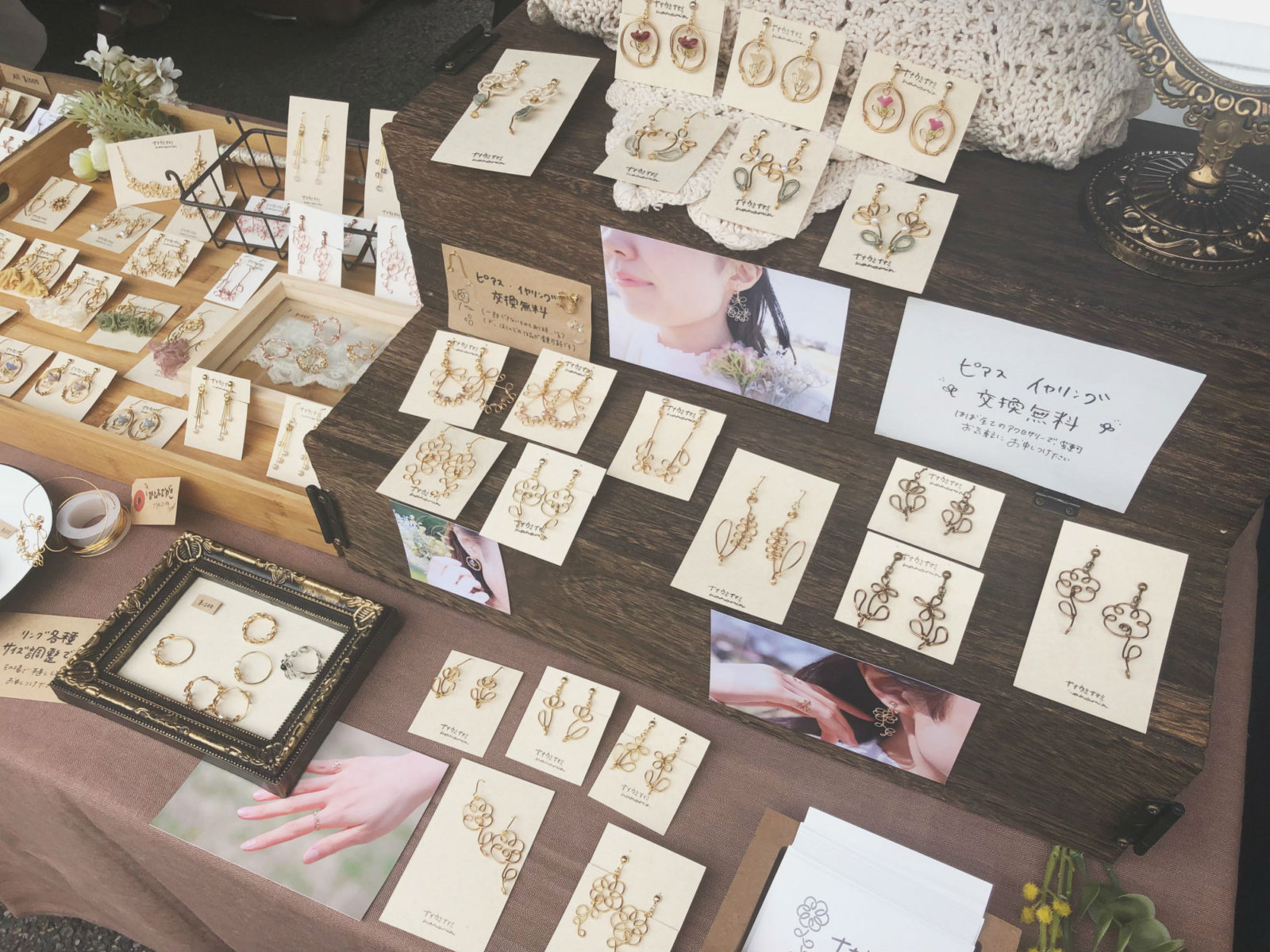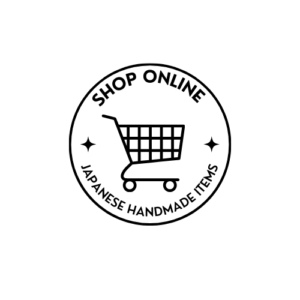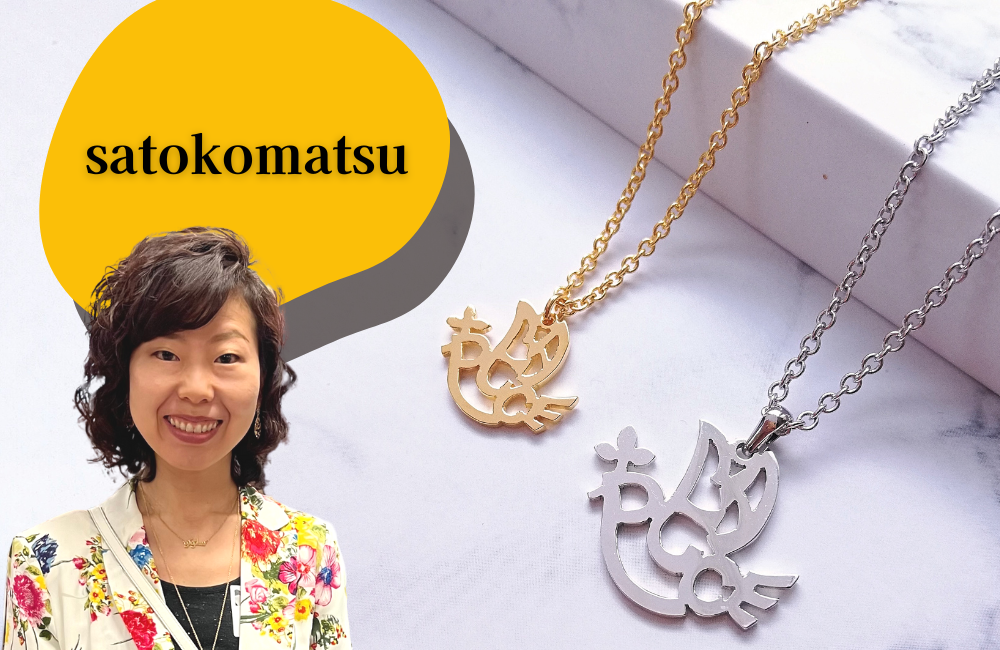
This post was orinigally published on Resobox website. (https://resobox.com/news/satokomatsu/)
We often receive messages on our website with questions and comments like “What kind of artists are active?” “What is the secret of the event’s popularity?” “I want to participate next time!” If you’ve been wondering some of these things yourself, this interview series is here to shine some light on what happens behind the scenes while preparing for a Pop-Up Shop.
This time, we interviewed Satoko Komatsu, an artist who creates “text image jewelry” based on Arabic and Japanese characters, among others, under the brand “satokomatsu“. We asked for Ms. Komatsu’s thoughts about the appeal of her work, which seeks to connect people through her accessories.
Q: The unique and simple jewelry inspired by words is quite attractive. Can you tell us about your process and your goals when making jewelry?
I sketch the design by hand and then cut the design out of a brass or silver plate using a jeweler’s saw. I then add a gold plating to finish the accessory. The main motif of my work is “words”. I hope that by wearing my jewelry, it becomes a communication tool that connects people, prompting conversations like “That’s a lovely necklace, what inspired it?” and “Actually, the meaning of this piece I’m wearing is…”.For me, making jewelry is a challenge to create a bridge that connects people, much like words do. It would make me happy if I could connect with many people through my work.

Q: It’s interesting how you use animals, plants, and not just hiragana and Roman script, but also Arabic characters in your designs. What inspired you to use language as a motif?
The act of combining characters to create a shape has been a popular pastime in Japan since the Edo period. Many people may have seen illustrations created by combining hiragana characters, such as “ひつじ”. I first encountered Arabic during my university days while I was studying abroad. I was drawn to the elegance of its curved lines and found the decorative look of the characters to be charming. Although not widely used in Japan, Arabic is famous as the language of the Islamic holy book, the Quran. It is one of the six official languages of the United Nations and the third most spoken language in the world.
Because my father was an English teacher and my mother taught calligraphy, I grew up surrounded by letters, and have always been interested in foreign languages and cultures. These experiences growing up led me to have a passion for learning languages; so far I have studied English, Italian, Arabic, Hebrew, Tibetan, and German. Everything I’ve learned over the course of my studies has led me to my current method of designing new pieces.
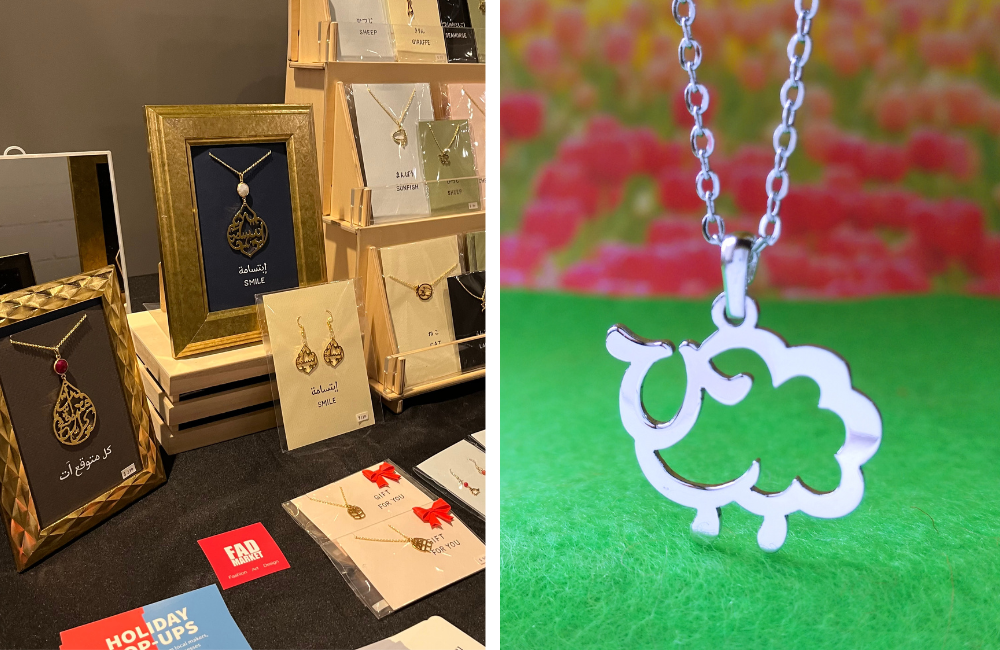
Q: NYK Marketing is hosting a pop-up shop in New York and selling products on various online marketplaces in Japan and the United States, such as “etsy,” “creema,” and “minne.” Are there any particularly popular items?
In the Etsy shop, which receives many orders from the United States and Europe, customers are especially drawn to accessories featuring designs like camels and cherry blossoms. Some customers have commissioned jewelry that expresses their gratitude or appreciation for the recipient. Using words like “Thank you” as the basis of this design, an unexpected gift is created that serves as a lasting reminder of these feelings. There has also been an uptick in commissions for designs featuring names of celebrities, which people can wear to show their interest and support.
Arabic name necklaces are popular among Japanese customers. Because they cannot be recognized as names at a glance like English can be, at least in Japan, they make unique gifts, and can be worn almost like an omamori, or protective charm. We have received over 100 orders so far, all of which are custom-made. We carefully design each item with consideration for the balance of the letter placement and size.
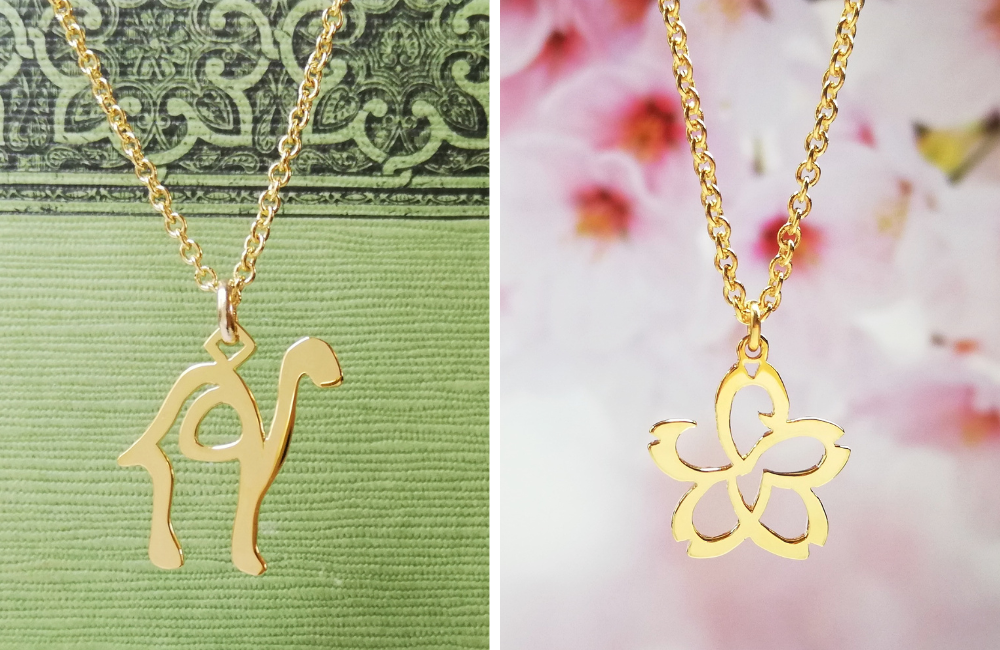
Q: Could you tell me about how you became a jewelry designer and started your career in New York?
It’s a long story, but when I was a freshman in college, I visited Italy and was drawn to the universal beauty of jewelry that everyone could appreciate. Later, while still attending university, I began studying design at a vocational school, and during my junior year, I took a leave of absence to study design and production at a jewelry school in Italy. After graduating from university, I became a jewelry designer for a Japanese company. My work was rewarding; my creations were displayed in department stores and I had the opportunity to participate in international jewelry fairs. However, after getting divorced, I felt that “now it’s time for me to be free” and resigned from the company where I had worked for over seven years. I moved to New York, where top aspiring designers from around the world gather, to expand my knowledge of jewelry design while also utilizing my previous experience. Due to visa issues, I returned to Japan after a year, but I met my current husband during my time in New York and was able to obtain a fiancé visa to immigrate. And that brings me to where I am now.
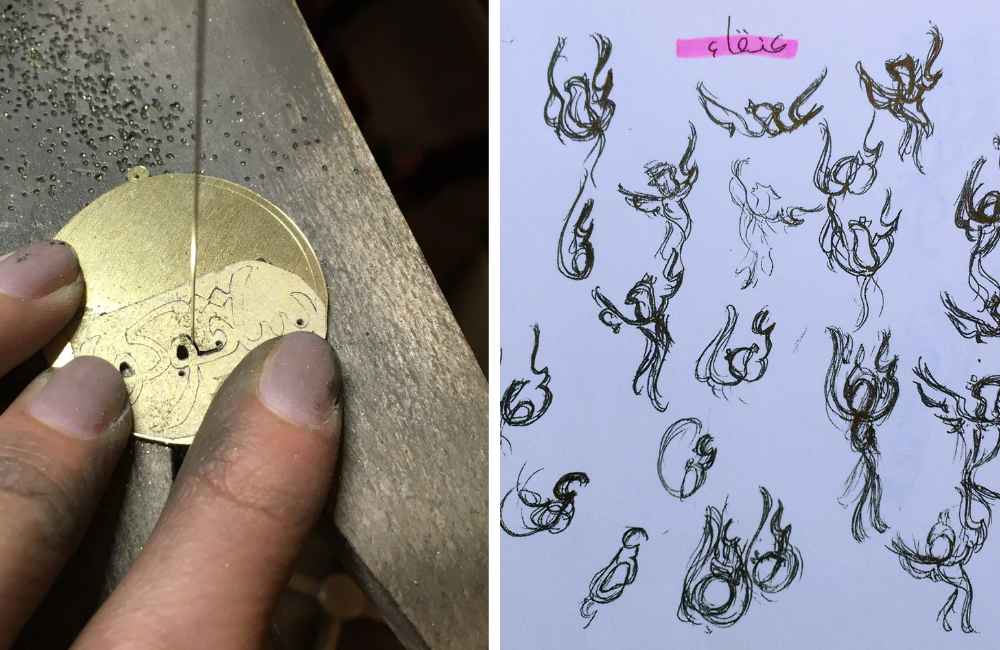
Q: Have you noticed any differences in design preferences between different countries, given that you’ve studied jewelry in various places such as Italy, the US, and Japan?
In Japan, due to my experience working for a larger company, accuracy and designs that are favored by a broad range of consumers were highly valued. Additionally, there is a tendency in Japan to feel more at ease when people’s accessories are matching, or look similar to what’s already popular, and I feel that this is reflected in the designs that are available there. On the other hand, in Europe, designs that are inspired by nature and are more image-oriented are prominent. In the United States, it is difficult to single out any one prevalent theme due to the diverse mix of people from different races and cultures. Just as people have their own identity, in which race and culture play roles without making up the whole of someone’s image, there is a vast array of different designs that we can enjoy and be inspired by.
Q: How did you encounter the “Japanese Artist Pop-up Shop”? What are the advantages of a physical shop over an online marketplace?
When I moved to New York, I was looking for a place to exhibit my artwork, and I discovered the “Japanese Artist Pop-up Shop” while searching for exhibition venues. I visited the shop as a customer and had a chat with the person in charge. We hit it off, and I was able to exhibit my work there.
The advantage of a physical shop is that it allows you to talk to a variety of people and make new acquaintances through your artwork. One of my representative works is an accessory that depicts the shape of a dog using the Japanese hiragana characters “i” and “nu.” When I tell customers, “Actually, it says ‘inu,’ which means dog in Japanese,” it leads to conversation and information exchange, sometimes even to personal talk. At that moment, jewelry becomes a communication tool beyond nationality and race, and I feel the satisfaction and happiness of my work. Also, I often get inspiration for new pieces from real-time reactions and feedback from customers.
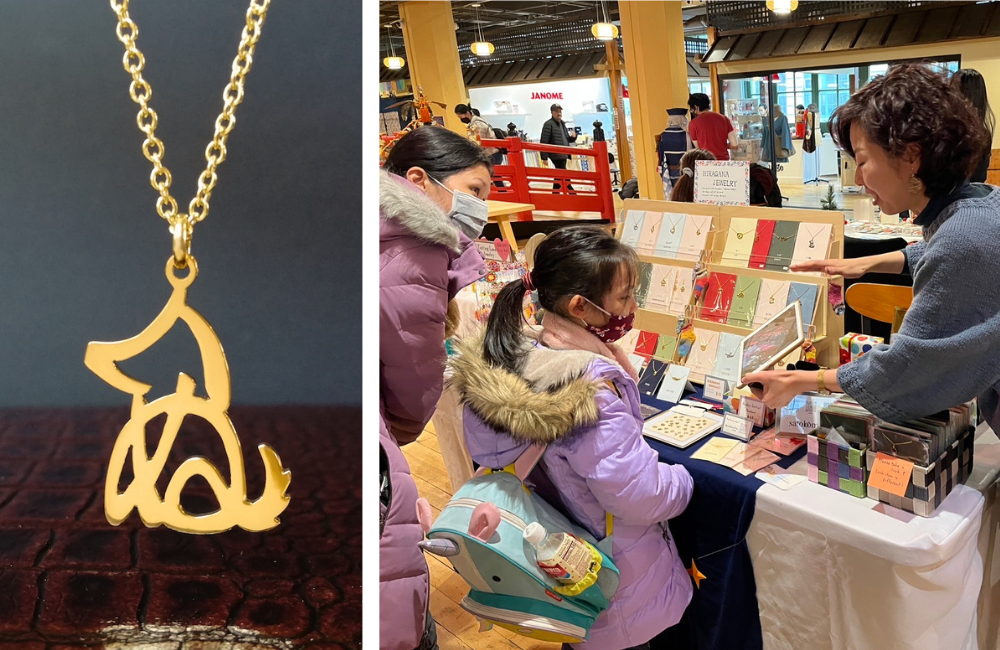
Q: Could you tell us a little about your goals for the future?
I will continue to create jewelry with the motif of “language” that celebrates the links between people. Instead of turning to mass production, I will keep making each piece by hand, and I would be happy if my work could become a bridge that connects people and countries all over the world. In New York, I have also received requests for hiragana designs and small motifs, so while cherishing my own style, I want to grow by taking on new challenges.

This post was orinigally published on Resobox website. (https://resobox.com/news/satokomatsu/)
About Resobox
The place where people who are conversant with, dedicated to, and influenced by Japanese culture can gather, create innovative arts through the collaborative process and disseminate them to the world.
What’s in the Box?
RESOBOX is the name created from a mashup of the words Resonate and Box.
This Resonating Box envisions a space where people can meet and collaborate to create new and innovative Japanese culture. The space within this Box Resonates, too, shaking up everything inside.
Japanese people are welcome, and so are the many non-Japanese people who understand and find themselves being influenced by the arts of Japan.
These artists can meet in RESOBOX, and create new works by adding and mixing in their sensibilities, playing a great role in preserving, and even developing Japanese culture.
In today’s global environment, Japanese culture might not always emanate from Japan alone, but also from places like New York City, where culture is highly concentrated and widely disseminated to the world at large.
The founders of RESOBOX believe that by promoting such artists, truly innovative and more sophisticated Japanese culture can evolve, resonating with people all over the world.

